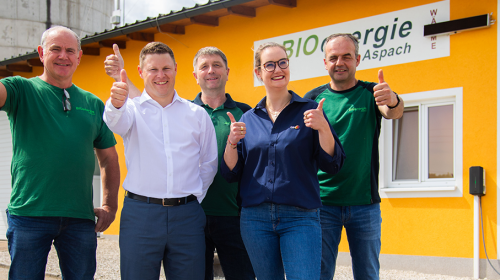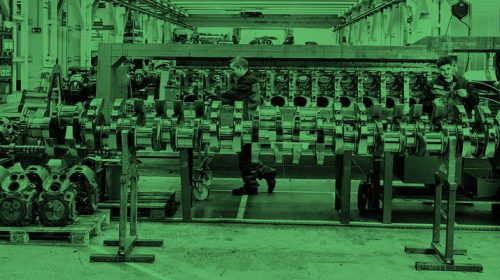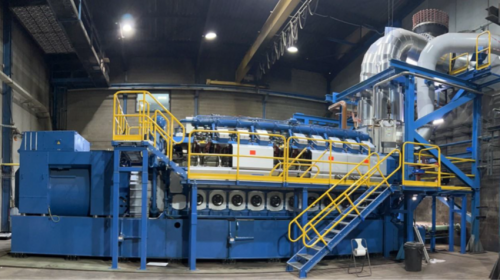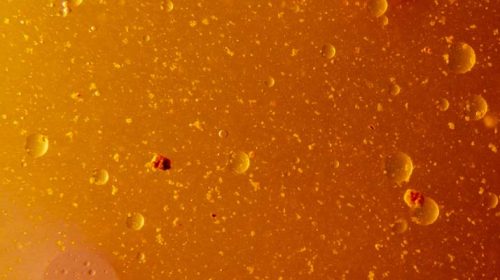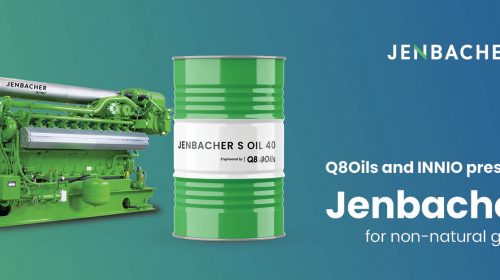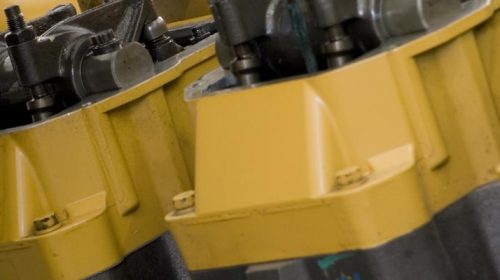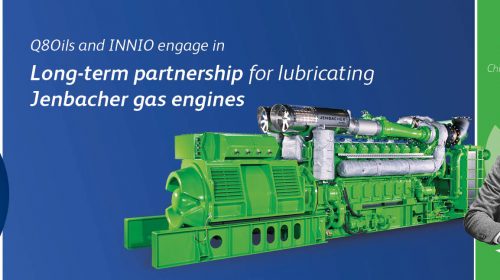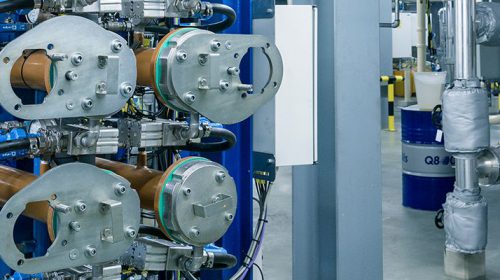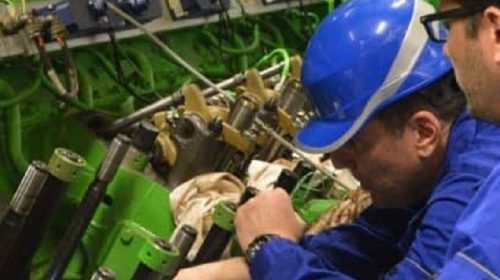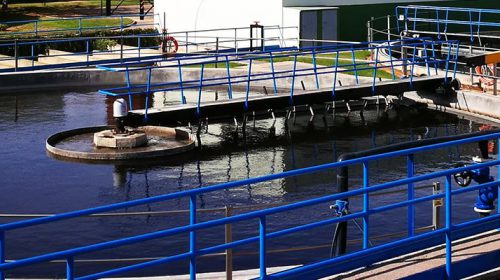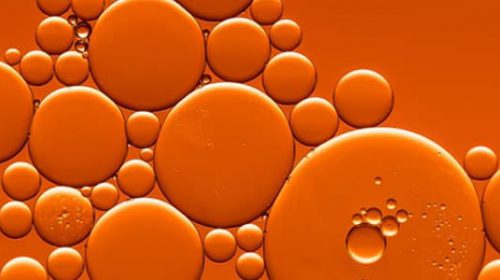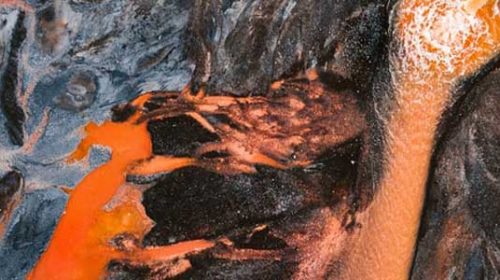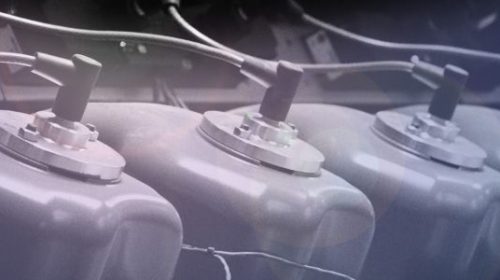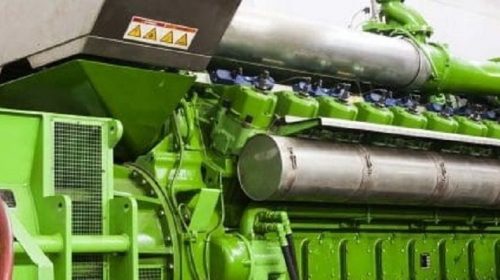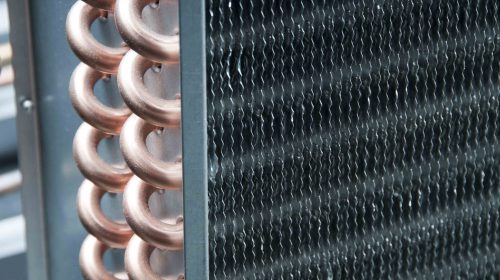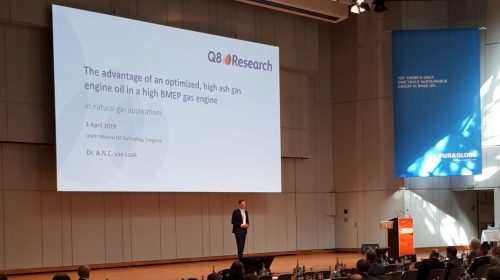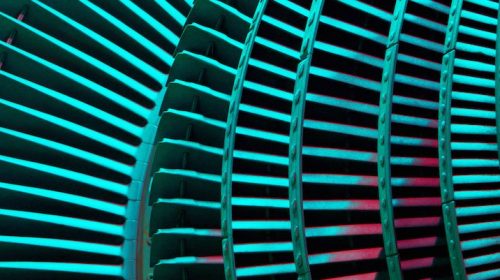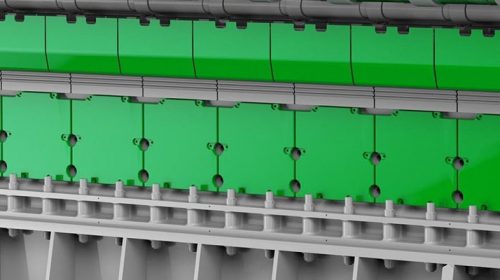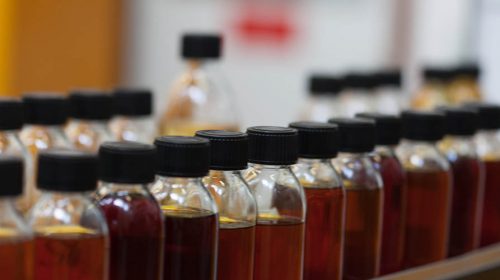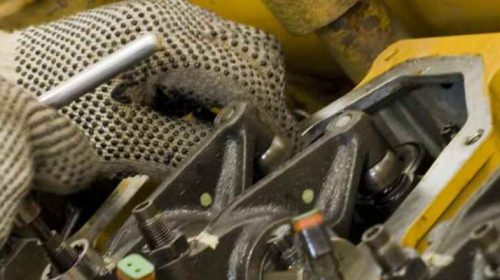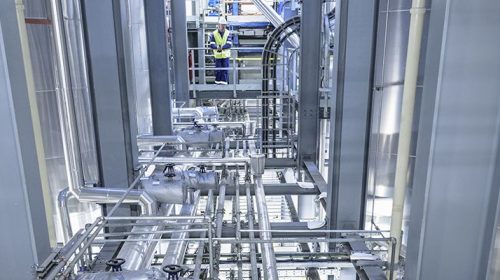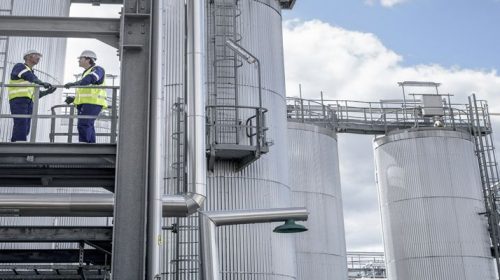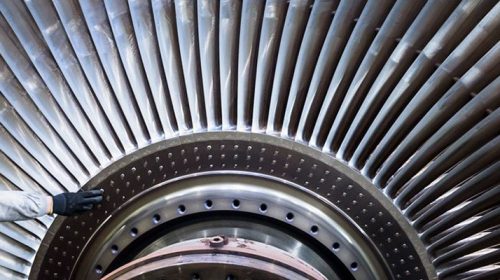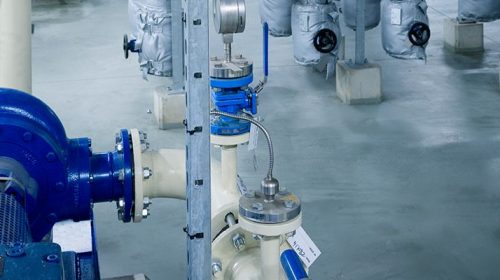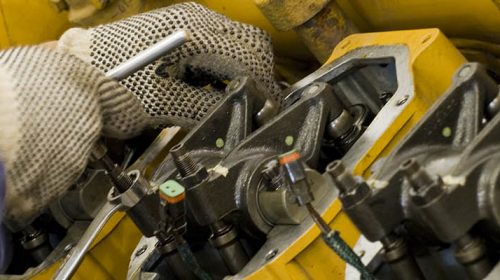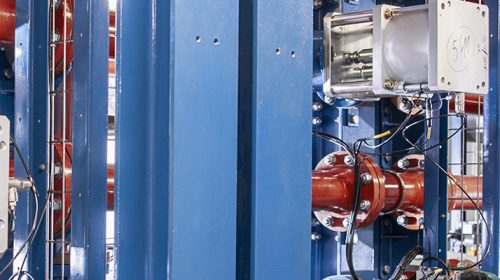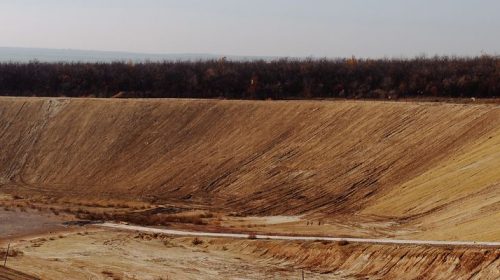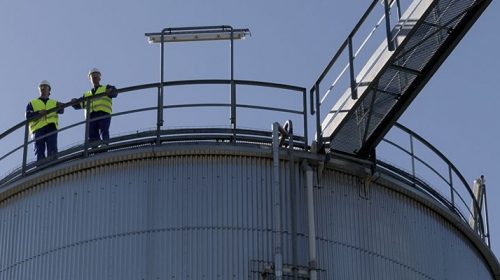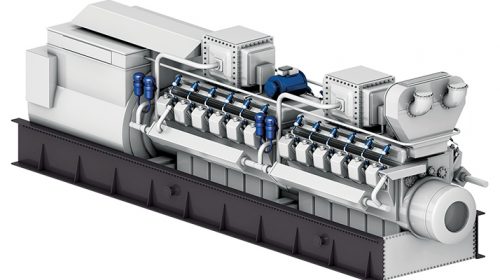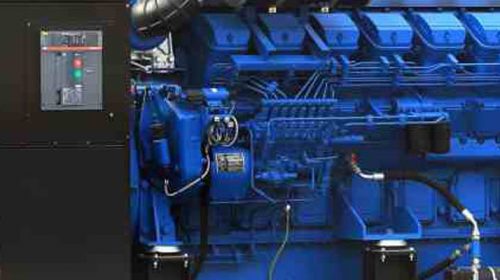The formation of varnish is a common problem for turbine operators. Varnish is difficult to remove and is seen as a silent machine killer that gradually deteriorates the performance of installations. The choice of the right turbine oil is the most efficient way to fight varnish formation.
To understand which turbine oils can prevent varnishing, you must understand the characteristics of varnish and how it is formed.
What is varnishing?
Varnish is often used as a catchall term for undesired oil deposits. More specifically it refers to the hard, insoluble organic residue that is formed in contaminated oil. Different from sludge, varnish cannot be easily wiped off from machine components. Varnishing is initiated at so-called hot spots such as the implosion of air bubbles, sparks that discharge and high thermal loadings.
There are different elements that trigger the formation of varnish:
- Contamination of the oil by internal or external sources
- Thermal degradation, taking place at high temperatures (>300°C)
- Oxidation
The different stages in varnish formation
The formation of varnish is the result of a series of chemical reactions. The higher the temperature, the faster the degradation.
- Oxidation: Free radicals, acids and other pollutants are formed in the oil. In this stage the building blocks of varnish are formed.
- Polymerization: The by-products of oxidation react with other contaminants, forming longer chain molecules. These highly polar molecules have a low solubility in turbine oil.
- Solvency: Oils with a low solvency cannot hold the formation of varnish producing molecules.
- Precipitation: If the fluid’s solvency is low there is a drop-out of varnish deposits.
- Agglomeration: The formation of deposits begins small (<0,05 micron) but agglomerates on the surface.
- Varnish formation: Once started, the formation of varnish is unstoppable. The cool zones with low flow are mostly affected. What begins as a thin film of lacquer on metal surfaces eventually forms an insoluble product.
How Turbine oils prevent varnishing
Q8 Volta and Q8 Volta EP
Turbine oils with Group III base oil, like the Q8 Volta– and Q8 Volta EP-range, have increased oxidation stability, preventing varnish formation. They are the perfect lubricants to protect clean oils from undesired deposit formation. These lubricants are suited for high temperature operation conditions and ensure an extra-long life.
Q8 van Gogh and Q8 van Gogh EP
The Q8 van Gogh– and Q8 van Gogh EP-range contains a mix of Group I- and Group II base oils. They combine the best of both worlds:
- Turbine oils with a part Group II base oils offer enhanced oxidation stability.
- Turbine oils with a part Group I base oil have an excellent solvency to prevent further varnish formation. These products guarantee a reliable performance and solve problems in environments where oxidation has already started.
The pictures below show the results of an oil ageing test of the Q8 Volta EP 46 and the Q8 van Gogh EP 46 compared with competitor references.

Which turbine oil do you need for your turbine installation?
Depending on the fluid condition and the operation conditions of your turbine systems Q8Oils offers different turbine oils to prevent varnishing.
In clean environments with a minimal deposit grade, the Q8 Volta oils are the perfect solution to protect turbines against varnishing. Tests have proved that the Q8 Volta oils show an extended oil life and an increased oxidation stability. The Q8 Volta range is an excellent turbine oil for new combined cycle turbine technology as well as existing clean turbine plants.
Q8 van Gogh oils have an increased deposit solubility and superior water separation properties while improving the stability and cleanliness of your turbine.
Both these oils are ideally suited to combined cycle gas turbines (CCGT), where one oil can be used allowing both turbines to run in tandem.



